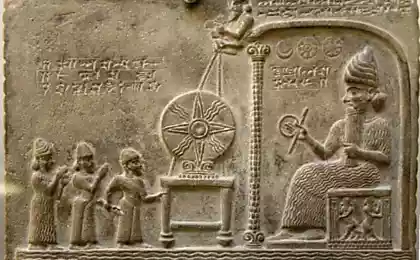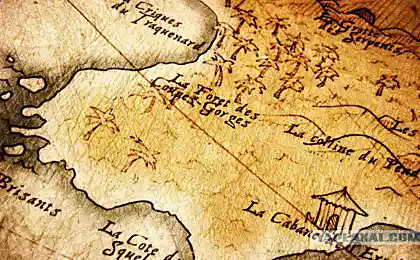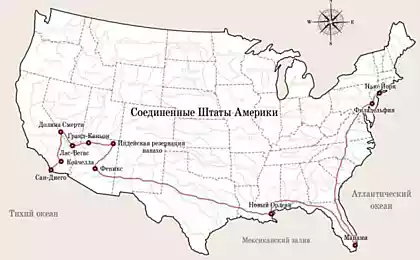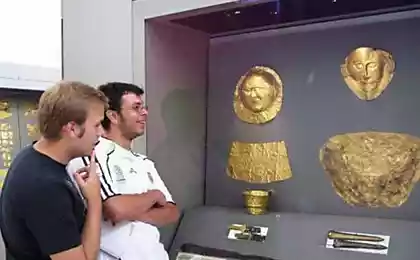477
In the Egyptian Valley of the kings opened the burial of children of the pharaohs

The names of at least eight previously unknown Royal daughters, four princes and several foreign ladies of origin.
Egyptologists from the University of Basel opened the tomb in which were buried members of the families of Pharaoh Tuthmosis IV (ruled CA. 1397-1388 BCE) and Amenhotep III (CA. 1388-1353/1351 BCE), reports HeritageDaily.
The study of the tomb KV 40 was started three years ago, but only now managed to establish the identity of the buried to the eighteenth Royal dynasty (the XIV century BC, the era of the New Kingdom). Previously, scientists assumed that the burial is not associated with the pharaohs.
The tomb consisted of "input" shaft to a depth of 6 meters and five burial chambers. In the Central chamber and three side were the mummified remains of at least 50 people.
Thanks to the inscriptions on the vessels for storage of products that were found here, managed to establish the names of 30 people. Among them at least eight previously unknown Royal daughters, four Prince and several ladies of foreign origin.
Most of the buried were adults, but were found also the remains of moumificirovanny children. "We opened a significant number of carefully mummified newborns and infants, which are usually buried much simpler," says Professor Susanne Bickel (Susanne Bickel). According to her, members of the Royal court were buried in this tomb for several decades.
Despite the fact that the tomb was robbed several times in the late antique period and in the nineteenth century, archaeologists found many remains of the burial equipment, including fragments of sarcophagi and tissues. The walls and the remains badly damaged from the fire, which was probably caused by the torches of the robbers.
Studies show that the tomb was used for its intended purpose again: in the IX century BC. e. here were buried members of the families of priests.
Further anthropological study and analysis of burial goods bring important information on the composition of the Royal court of the XVIII dynasty and its members: their living conditions and burial customs.
Source: nkj.ru























